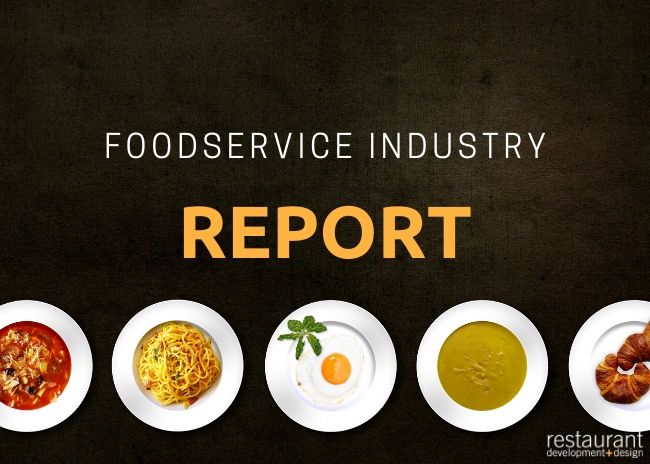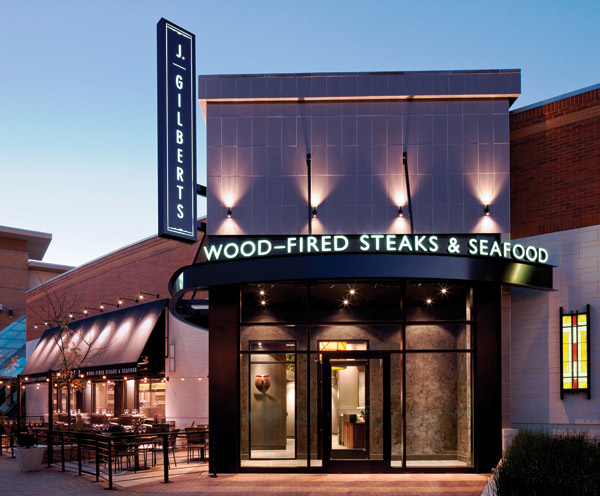Expectations for growth are fading in restaurant and other foodservice industries due to an increasingly challenging environment, according to a new study from global management consulting firm L.E.K. Consulting. In a survey of more than 240 foodservice operators directly involved in purchasing decisions, only 56% say they expect the industry to grow over the next 3 years — down from 78% in 2017, when the survey was last fielded.
Thirty-five percent of operators say rising food costs from suppliers represents the biggest barrier to growth, while 26% say higher labor costs due to cost-of-living increases and minimum wage laws is their top concern. The report notes that wage growth in the U.S. foodservice industry rose 5.3% between 2015 and 2018, compared with a 2.5% median rise of wages overall.
Some of the ways foodservice operators are growing sales, cutting costs and maintaining or increasing market share, according to the report, are:
- Reducing labor, limiting work hours and leveraging automation. To combat higher labor costs, 43% of foodservice operators continue to reduce the number of full-time employees on staff and 35% say they are limiting the number of hours all employees are asked to work. Twenty percent of operators say they use automation wherever they can.
- Using pre-prepared and private label products. With 41% saying the cost of labor is too high to prepare food in-house, operators increasingly purchase pre-prepared foods to offset costs. The prepared food category is expected to grow 17% year-over-year, surging from a 7% rise in 2017.
- Outsourcing delivery to third-party or operator-managed services. When it comes to delivery, operators continue to turn to third-party aggregators and delivery apps in their quest to acquire new customers and retain existing ones. Seventy four percent of all operators now offer online ordering, whether it's outsourced or handled in-house. And half say they expect to increase delivery offerings over the next three years.
- Employing digital tools. Operators find social media to be an invaluable tool to attract and retain customers. Thirty four percent use Instagram and over half (57%) use Facebook.
- Developing healthier offerings. Consumer demand for healthier options continues to push operators to implement a host of menu changes. Since 2017, the number of operators offering meat substitutes climbed 6 percentage points to 48%. Menus with organic options hit 62%, an increase of 4%. And nutrient-rich options increased are now on 68% of menus, up 4%. Operators expect to replace 37% of meat product offerings with branded, plant-based meat products in the next 3 years.




